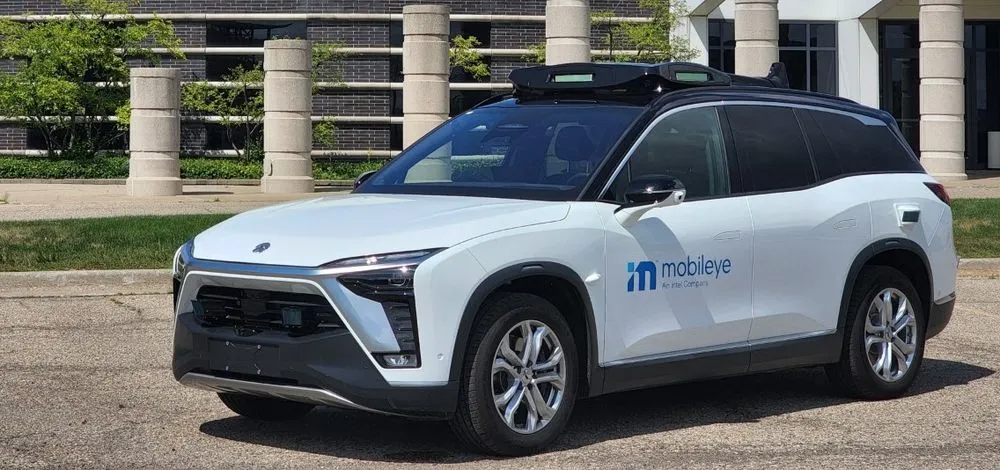
“There’s a lot of fear that they may be losing control,” said Colorado governor John Hickenlooper (right) during a panel discussion with Michigan governor Rick Snyder (centre) at
There are also fears that many people will lose their jobs thanks to the increasing use of connected vehicles, said Snyder. Many people, in the logistics sector and people transport sector - such as taxis and Uber - wonder if they will be redundant. “We need to be thoughtful about not waiting for this crisis to happen…we shouldn’t leave them behind,” said Snyder. Hickenlooper said both he and Snyder are “passionate” about ensuring the education system, from high school upwards, caters for future jobs such as servicing autonomous vehicles. They might have to have a lot of knowledge about lidar, for example. The public must also see that their governments are ensuring manufacturers of connected vehicle technology are adhering to regulations. On the other hand, the regulations shouldn’t stifle innovation by manufacturers.
“Of course the industry doesn’t want to see anybody hurt,” said Snyder. “It’s a balancing act trying to put in place responsible regulation.”
Hickenlooper agreed that it will have to be a partnership between the public authorities, the public and the manufacturers.










